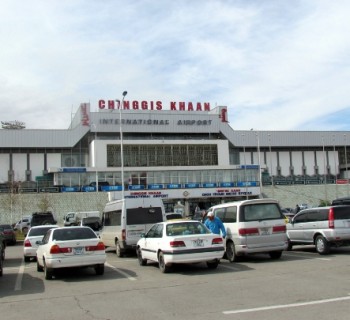Coat of arms of Mongolia

If you ask a modern resident of Russia what the coat of arms of Mongolia or its flag looks like, or what path of development the country is following, then not everyone will be able to answer. The only thing that can be remembered is that in Soviet times there was the Mongolian People's Republic, which chose socialism.
Milestones in history
The most ancient coat of arms in these territories existed during the time of the Hunnu state and represented a golden sun and a golden crescent. History is silent about the rest of the symbols. But the twentieth century in Mongolia is characterized by frequent and cardinal changes in the main symbols of the country:
- Soyombo sign, a symbol of prosperity (1911-1939);
- the same sign plus a lotus branch - a symbol of victory at Khalkin Gol (1939-1940);
- arat-rider galloping to sunrise (1940-1992).
National symbols on the modern coat of arms
The main emblem of Mongolia appeared not so long ago, in 1992, and marked the beginning of a new stage in the life of the country after the disappearance of the Mongolian People's Republic. The new main symbol of the country reflects the ancient signs, filled with deep meaning, and the main colors.
The coat of arms is located against the background of an azure circle, the color, of course, denotes the sky. A gold-colored pattern runs along the contour of the circle, which is called «Tumen Nusan», symbolizes the unity of the Mongolian nation. The central place on the Mongolian coat of arms is occupied by the stylized figure of a stallion, which is at the same time the national emblem of Soyombo. Since ancient times, the horse for the Mongol is a friend, helper, savior, breadwinner. Therefore, the image of this animal symbolizes the independence of Mongolia, its right to sovereignty and free choice of the path of development..
In addition, other important signs and talismans are located on the modern coat of arms of Mongolia. For example, in the upper part there was a place for «chintamani» - a talisman that can fulfill desires, it simultaneously denotes the past, and the present, and the future.
Many Russians consider Mongolia to be a flat territory, almost a continuous desert. But it also has its own mountains, which the locals are very proud of. That is why they were placed on the coat of arms, in the lower part of it. Another important symbol is located here - a wheel (dharmachakra), which belongs to the Buddhist religion, which is professed by most of the country's population. A ritual scarf, the so-called hadak, wraps around this wheel..


